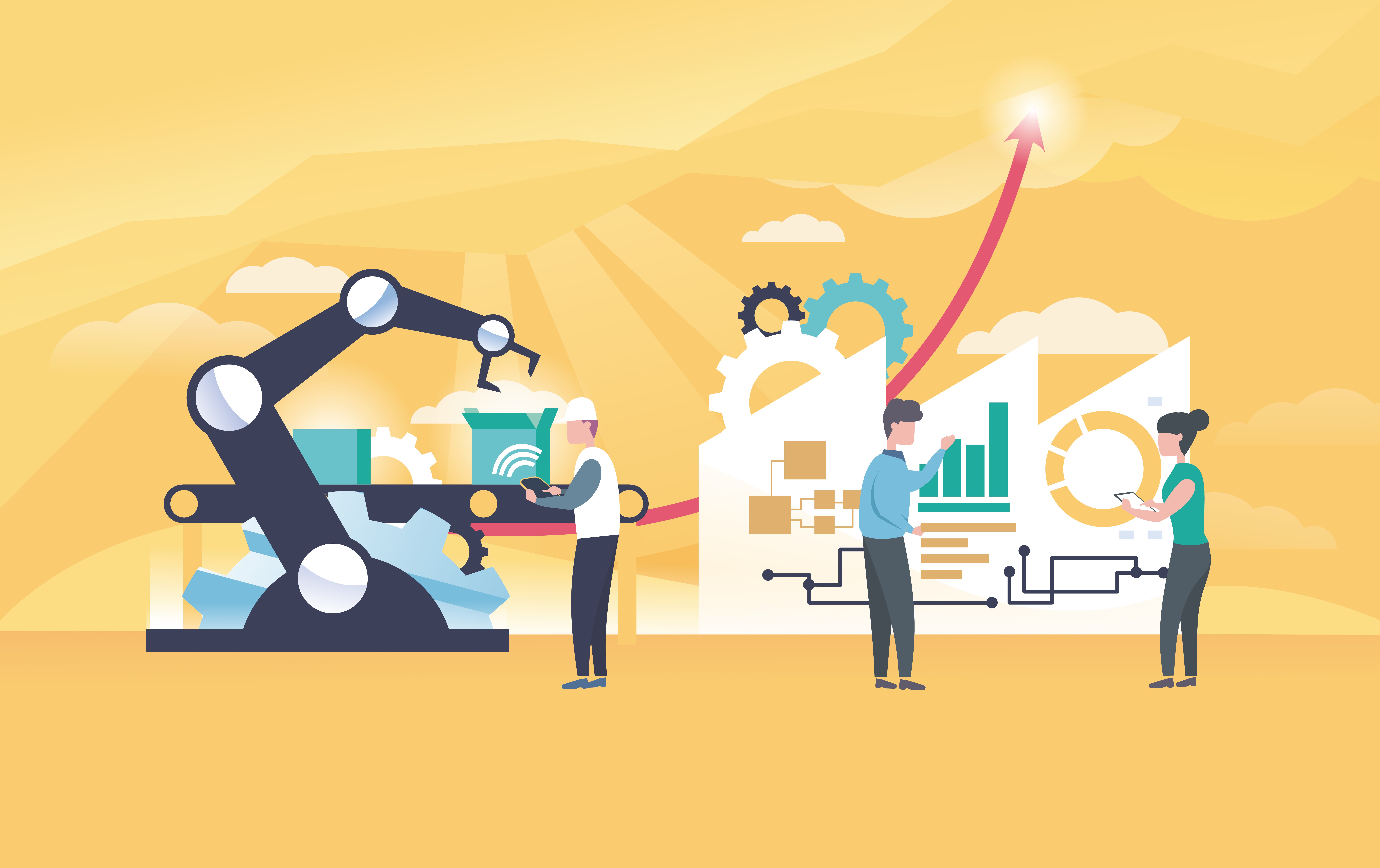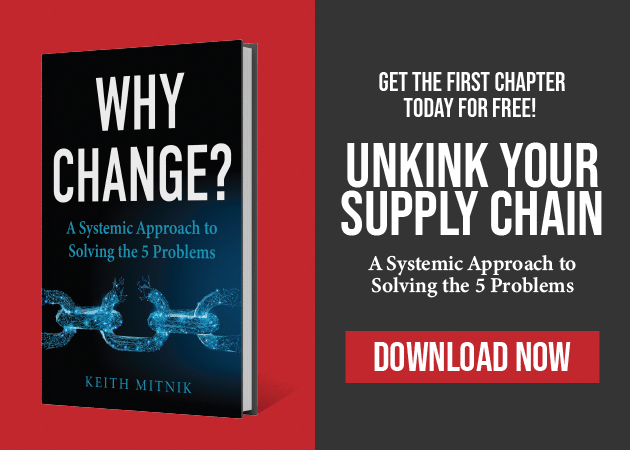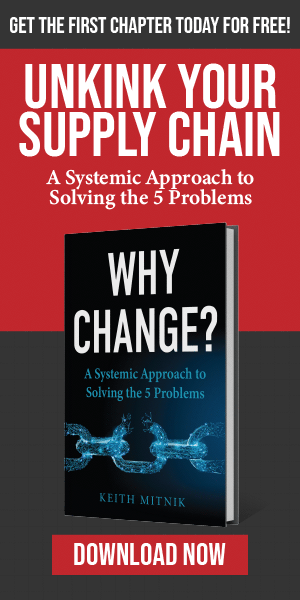
If you’ve read my book and our posts, you’ve heard about the five main supply chain problems for LCD displays: obsolescence, delivery, quality, performance and cost. Many people think cost is a major driving force in why a manufacturer thinks about changing their supplier, but it’s actually the last one. Here’s a look at why LCD manufacturing cost makes less of an impact than you might think and how to best approach costs in your projects.
Cost Is The Smallest Change Agent
Consider the five main problems mentioned above. Obsolescence can shut down your entire production if not resolved. Delivery is costing you clients, affecting your manpower efficiencies and causing a lot of catch-up expedites. Quality has high costs in loss of clients, rework and possibly product recalls. Performance, if overdesigned, will include waste in every single product or, if underdesigned, will not be as competitive in the market and result in lower sales.
Then there’s cost, which comes into play when you're not aligned with the right supplier and could end up paying up to 20% over the most efficient market price for your component. But in most cases, that 20% delta is far less than the costs that result from the other four problems. In 2021, there was a global chip (IC) shortage, which I would put mostly in the delivery category of problems. I have had so many conversations with customers that ended with, “I would gladly pay double if I could get the product today.” This example hammers home that delivery is so much more important than cost.
Helping A Customer Navigate Cost
Don’t get me wrong, though; cost is still important. It may be last on the list, but it’s still on the list. Recently, we were approached by a client looking for a cost reduction. The customer was paying a lot for these displays, and since a display is typically one of the highest cost items on any bill of materials, the client started their cost-reduction initiative to increase profitability and marketability by bringing their costs down. As soon as we saw their design, it was clear that their display was completely overdesigned for the application.
How or why did this happen? They started with the size of their product, which dictated a certain size of wide-format display. At the time they started developing the product, the only standard product that they found that met their most critical first need (size) was this overdesigned component that had excess performance for their application. It was the only standard product available at the time, so they designed around what they could get.
By the time they came to us, their product had been in production for three years, and another option had become available in the market. By cutting out all of the unnecessary resolution and brightness, we were able to bring down their display costs by about 40%.
LCD Cost & Profitability
The cost of your product is more than the sum of the components and labor that go into it. There’s the burden—the indirect infrastructure supporting the labor and material management. The burden cost of components typically ranges from 20 to 30%, so for every dollar in increased cost of parts or labor, the total increase to the organization is about $1.20 to $1.30.
When you follow your product all the way through your distribution and sales channel to your end customer, you’re often looking at an end customer price of two to five times the material costs, depending on your product and your market. So every dollar you spend on a component pushes up your end price, and every dollar you save could potentially reduce your product price by up to five dollars. That flexibility creates more market opportunity, while overpaying for components will make your product less marketable. Or since something has to give, it will make you less profitable.
Cost is critical to your long-term profitability because the cost of a single component is multiplied through your manufacturing and sales chain. These costs have an exponential impact on your customers. But there’s more to the story: even when manufacturers know cost is a problem, it’s not usually the first problem they’re looking to solve.
Remember as you’re thinking about cost and the five problems, that the other four can cost you far more than cost in the long run. Even so, cost is still a critical pain point and is one of the areas you must manage in order to maximize your business.
Want help optimizing your own supply chain for LCD Displays? Give us a call!







